Mercury was always in the shadow of Ford, unlike other brands within the Big Three. However, two Mercurys that command absolute respect will be appearing at Barrett-Jackson’s Scottsdale Auction between January 18-20, 2024.
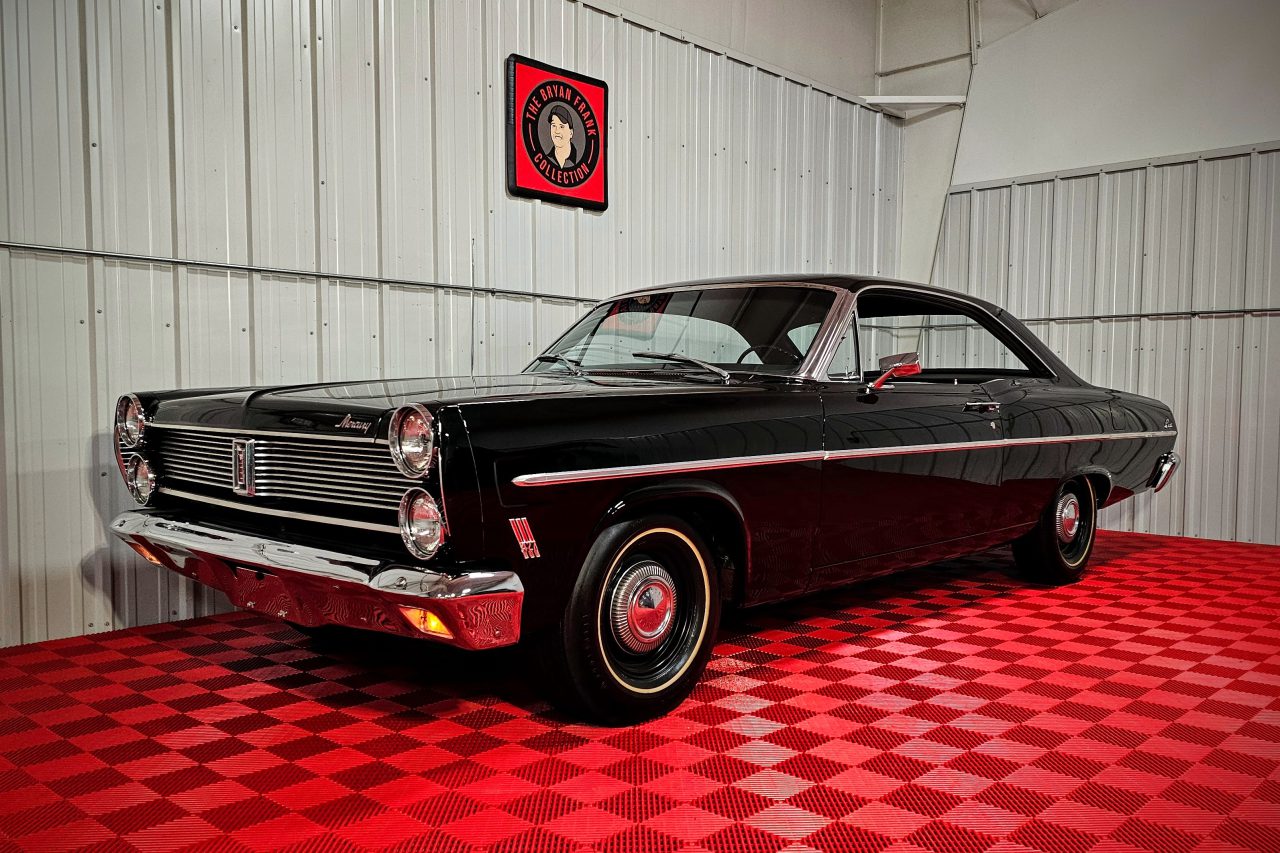
The first we’ll examine is the 1967 Mercury Comet Capri. Moving up to the mid-size platform for 1966 after five years as a Falcon cousin, the Comet series was reorganized to include 202, Capri, Caliente, and Cyclone and Cyclone GT. The Capri was the style and value leader of the Comet series because it offered a two-door hardtop, something the low-line 202 did not. Power was available in several flavors: standard was the 200 six or Cyclone 289 (with two-barrel), with the 270-horsepower Marauder 390 (with two-barrel) available as an option.
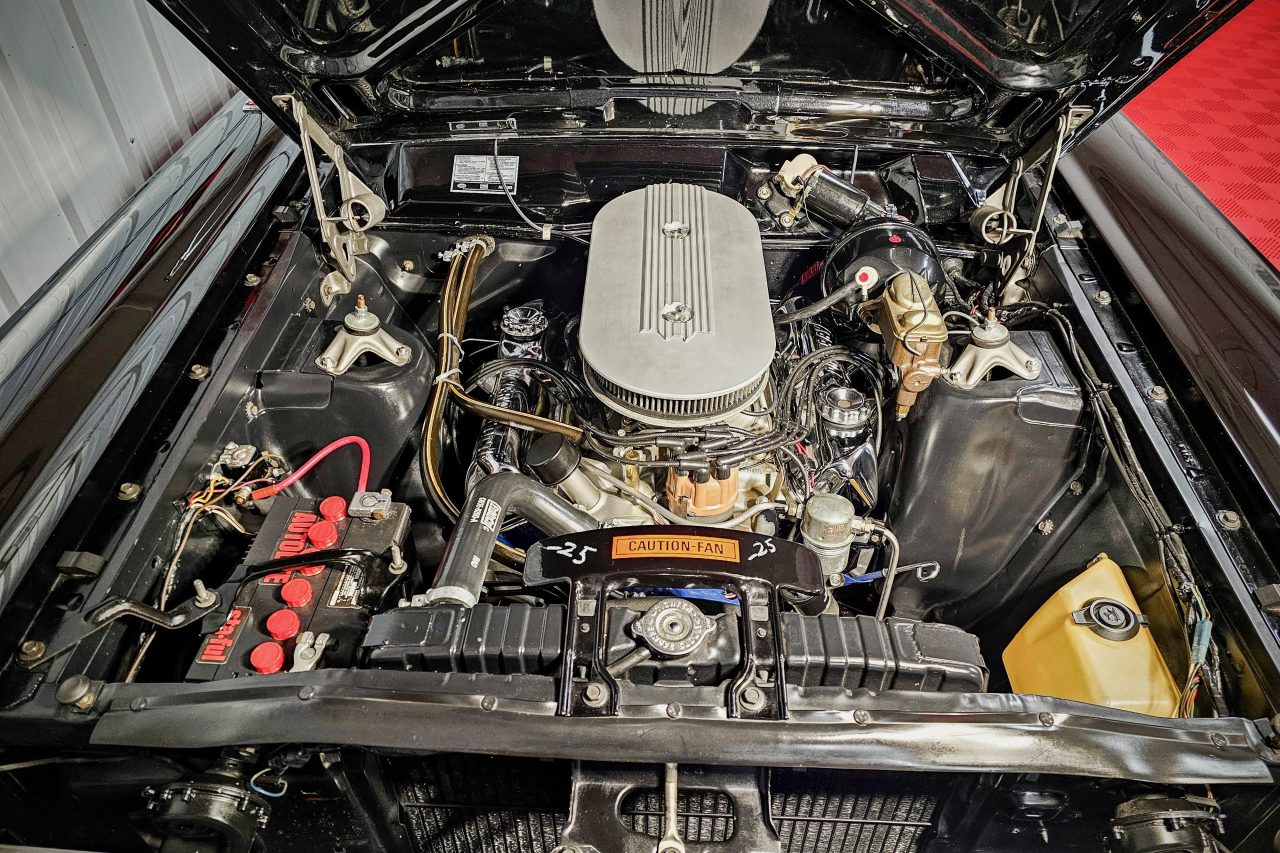
However, Mercury soon offered its fabled solid-lifter 427 — the same engine that had won Le Mans and so many other events around the world — in two states of tune: 410 horsepower with a single four-barrel (W-code), and 425 horsepower with dual quads (R-code). This was available for all closed Comet two-doors, from the 202 sedan to the Cyclone hardtop.

This frame-off restored 1967 Comet is one of six Capris built with the R-code 427 according to Marti Auto Works. Aside of the mandatory four-speed manual, this Comet Capri features 3.89 gears and a triple black paint/trim combination. It’s a splendid blend of elegance, austerity, and power.
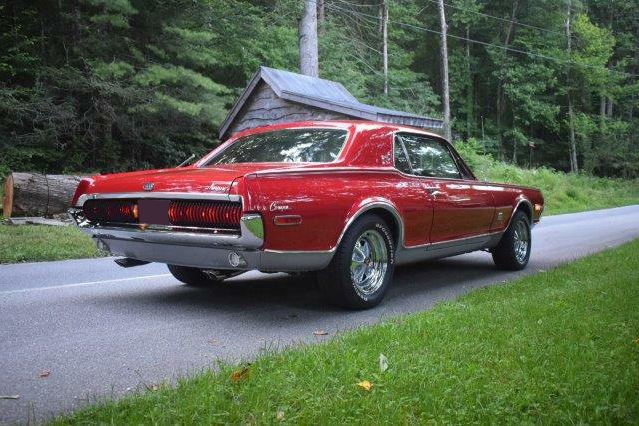
For 1968, Mercury promised the 427 in the redesigned Comet and Cyclone, but only the Cougar GT-E was the recipient of this engine. Additionally, the 427 was defanged a bit, now equipped with hydraulic lifters. The W-code 427 was now rated at 390 horsepower with single four-barrel, and it was only available with an automatic transmission. The GT-E package was available on the base Cougar and the Cougar XR-7, the main difference between the two being the interior trimmings and instrument panel. The $1,311 GT-E package included the 427 engine with dress-up kit, Merc-O-Matic transmission, Super Competition Handling package, FR70 x 14 radials, power front disc brakes, power steering, power booster fan, styled steel wheels, blackened out taillights and grille, with the latter featuring vertical bars across, power dome hood, and argent lower body paint. Mid-year, the 428 Cobra Jet with ram air was introduced, though only 37 of the 394 GT-Es were built with that engine.
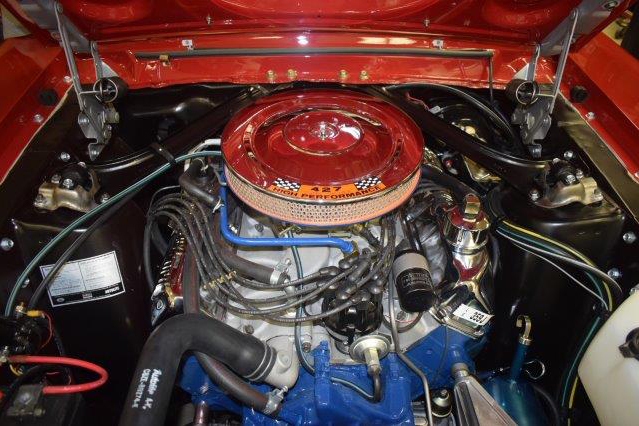
This Cardinal Red 1967 Cougar is one of 256 XR-7 built with the GT-E 427 package per Marti Auto Works. Of those, it’s one of 57 built with 3.50 Traction-Lok gears. The restoration includes original, rebuilt, or NOS parts including suspension, brakes, glass, and chrome.
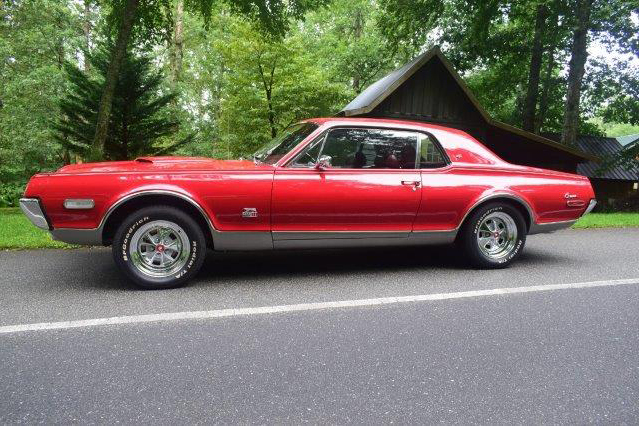
Features include console, Tilt-Away steering column, AM/8-track stereo, headrests, and tinted glass. The owner has added Lucas fog lights that were a feature on the specialty Cougar XR7-G.
Both of these 427 Mercurys are primo pieces of muscle car history. Which do you prefer? High-performance drag racer or an American GT built that Dan Gurney would drive? You can have your pick starting on January 18, 2024 in Westworld at the Barrett-Jackson Scottsdale Auction.






If there’s any taillights to die for, the ’67/’68 Cougar has them.
Hard to do a “frame off” restoration on the 2 Mercurys you feature when neither one of them had “frames”. They are both unibody cars, there is no frame to separate from. You should know this, if this is your chosen field. “Frame off” is a very over used term and seldom completely true.
I wrote a response from home but it didn’t post, so here’s something from my work computer that I hope articulates the same thing.
While I can’t say I know by heart which cars are unibody and which cars are not (aside of post-1959 Mopars save Imperial till 1967), I am aware the Fairlane and Torino (and its Mercury cousins) veered back and forth between unibody and body-on-frame.
That being said, much of the wording comes from the auction ads submitted by the owner/seller. In some respects, “frame-off restoration” can be inferred to mean the car has been completely dismantled regardless of frame or otherwise. I know not everyone believes this, but that’s how I see it. Certainly there’s some fact-checking involved when I write a story, but then how do I determine what the writer of the ad meant? It’s for you to decide.
It couldn’t have been a frame off restoration if said vehicle doesn’t have a frame to begin with.
You guys should have posted more pictures! Many more! What was you thinking?
Is this royce’s cougar
People say “I’m so hungry I could eat a horse” obviously that is just a phrase to illustrate they’re hungry. Same goes for ” frame off restoration” Just denotes some serious work. This is too the people who try n show off some very basic knowledge.
I see more than myself picked up on the ” frame off ” restoration. Small
mistake, but an auto expert writer should be well aware of that one!
I don’t think singling out, “frame off” as incorrect is not picking at all. It is correct for cars that have frames, and incorrect otherwise.
Tires not period correct, stance to high in front end.
Bottom line beautiful cars and descriptions
What are some of you thinking GEEZ guys
If you have been around a lot of restorations, frame off is used commonly among the actual body men and restorers.
Anyone can criticize, but how much actual knowledge do they have about multitudes of vehicles.
Some people have a hot water heater in their house.
Why do you need a HOT water heater to heat hot water. We have a cold water heater in our house.